Pagans Prevail in the Belarusian Backwoods
At the same time, Lithuania was an emerging power and would eventually absorb what is now Belarus. Pagan Lithuania was faced with two threats: The Teutonic Order of Knights attacked under the pretense of converting them to Christianity, and the Golden Horde attacked to rob. Instead of crumbling and becoming serfs of the great landlords, the Teutonic Knights, or being killed by Mongols as a matter of policy, these wild pagans built an empire. Yes, they managed to outfight and outsmart the Teutonic Knights AND the Mongol Hordes. This is no mean feat. And they did it all on horseback.
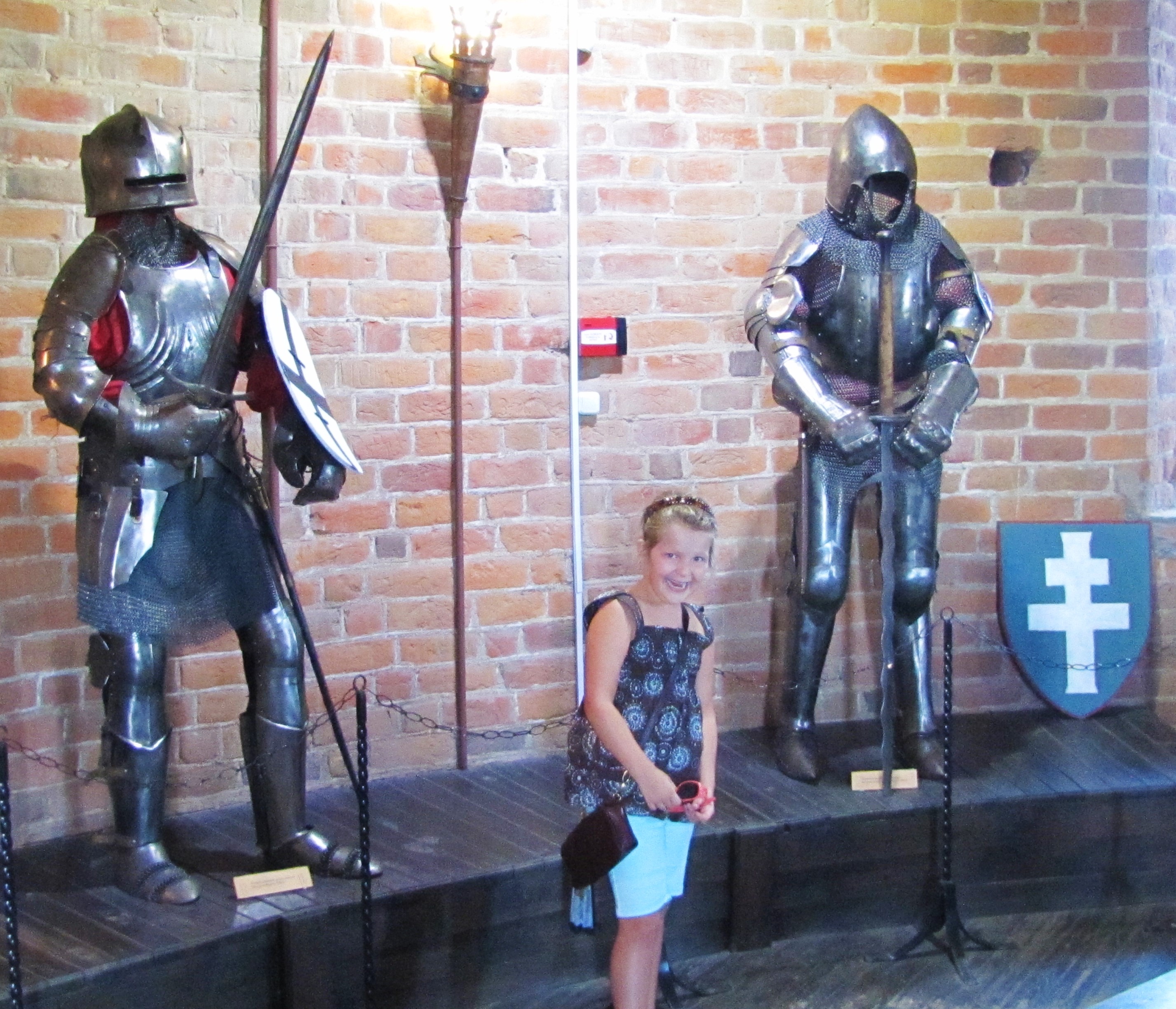
The Lithuanian Empire reached its zenith between 1362 and 1569. The war between the Teutonic Order and Lithuania was one of the longest wars in the history of Europe. Pope Benedict XII had ordered them to be converted or destroyed. So it was all the pope’s fault. Lithuania was the last European country to be converted to Christianity and that is saying something. Imagine the pressure.
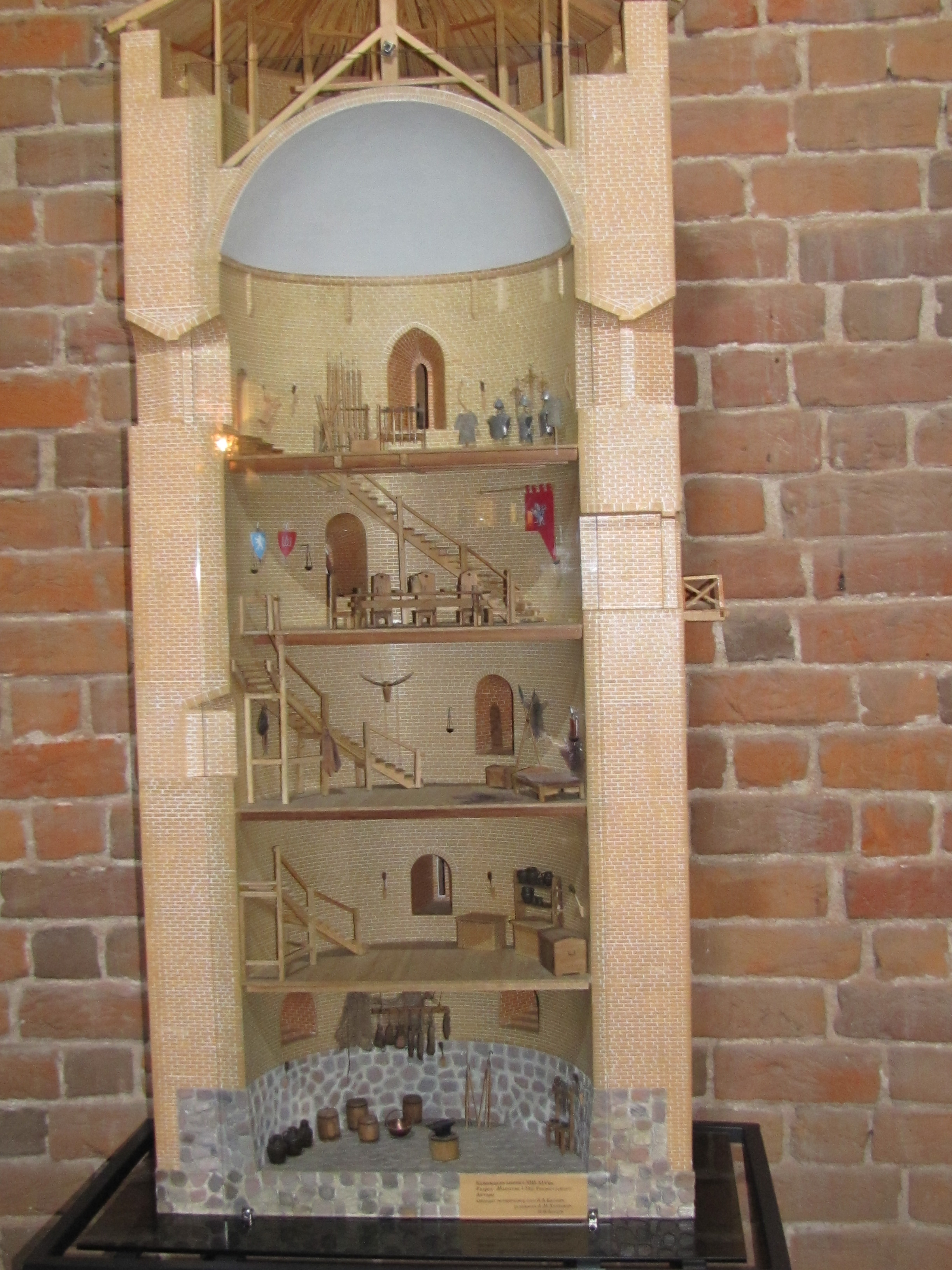
Back at the Fort
The basement was used to store food and even had a secret passage that led to the Lesnaya River. In case of a long siege, food could be brought in through the secret passageway. There were four more floors. These included the stockroom, armory, dining room, and sleeping quarters.
We were not allowed to climb to the battlement and look out onto the quiet hills and fields of Belarus because we were not in a group. We were free-range. So remember, if you want to see the view, find a tourist bus and go with a big crowd. It’s the only way to get to the top.
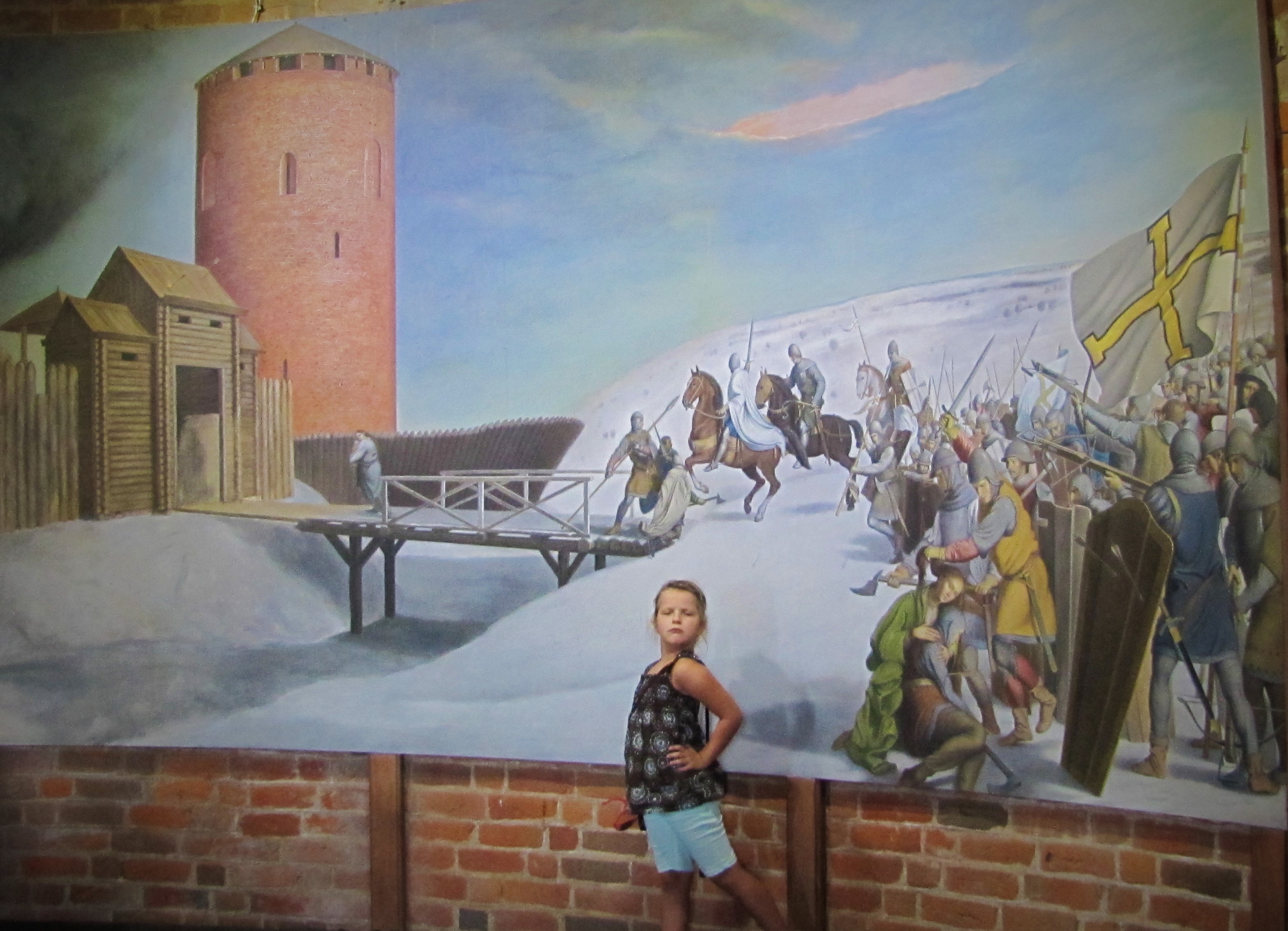
The Tower is 23 miles north of Brest on the outskirts of the Belovezhskaya Pushcha. The White Tower is included in the UNESCO World Heritage Tentative List in the “cultural” category. Why tentative? How do they decide if it has “cultural” significance? And why should we care what they think?

Did they paint it white so it would stand up to its name? I don’t know. Kind of silly if they did.

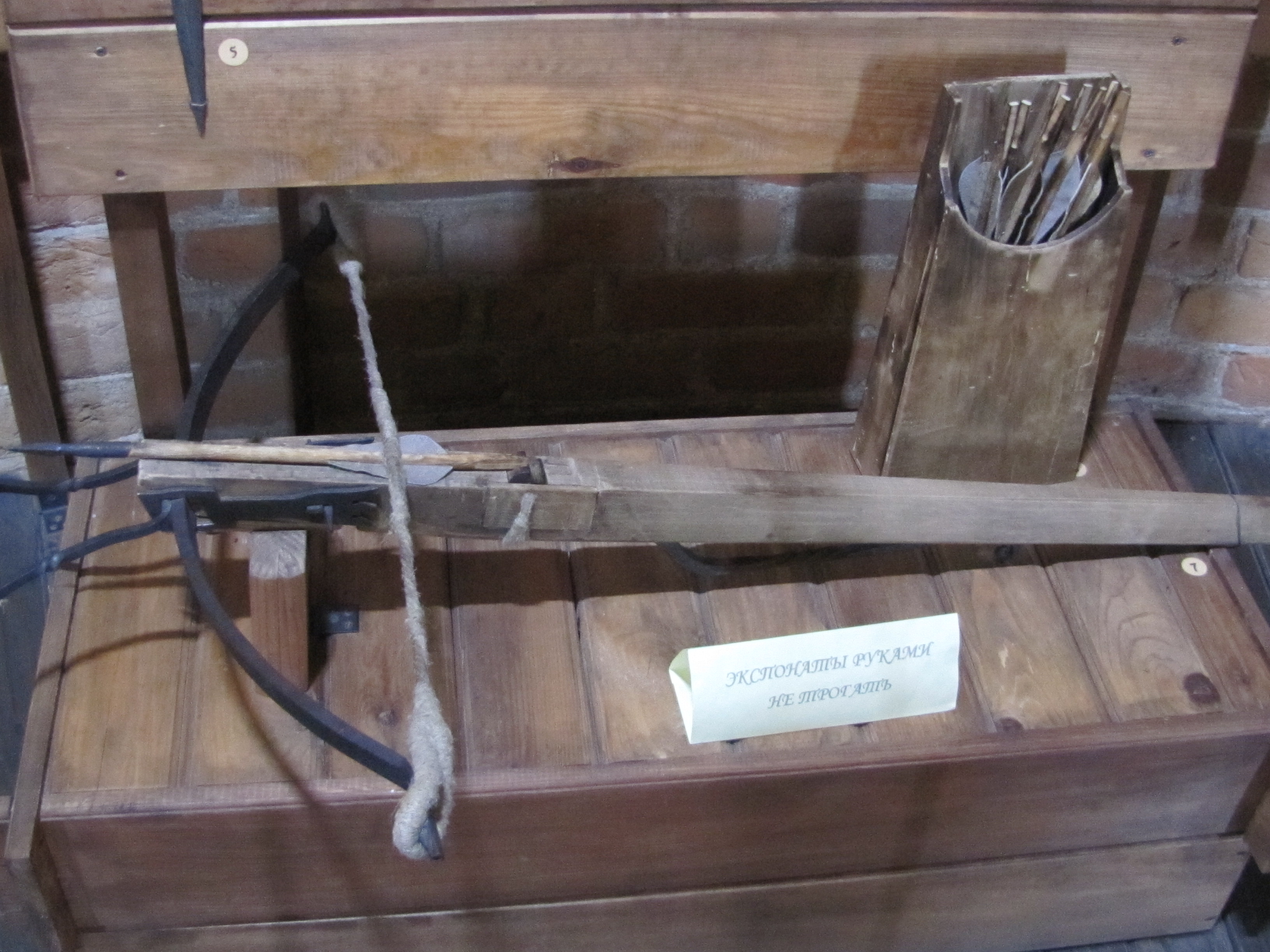
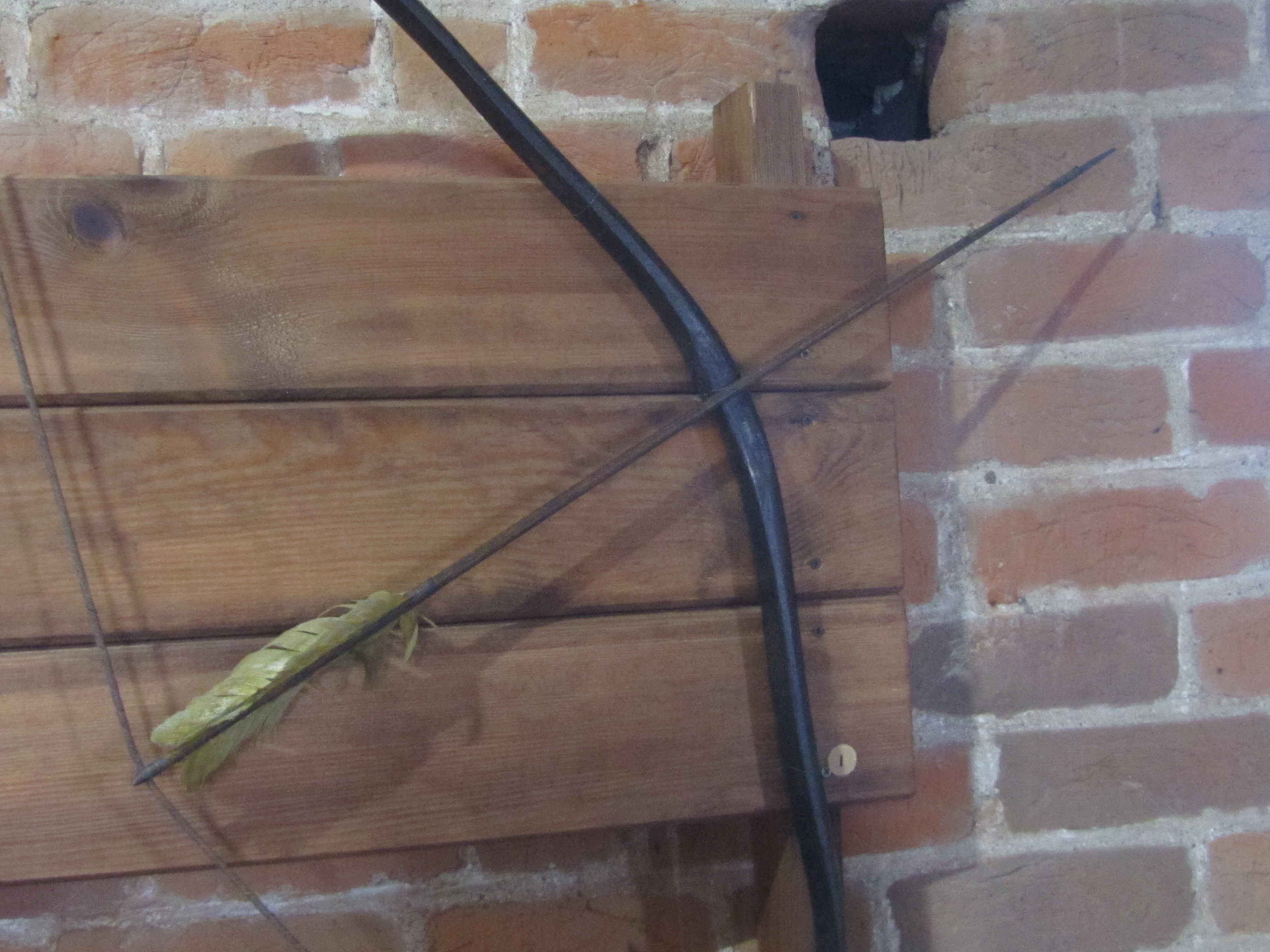
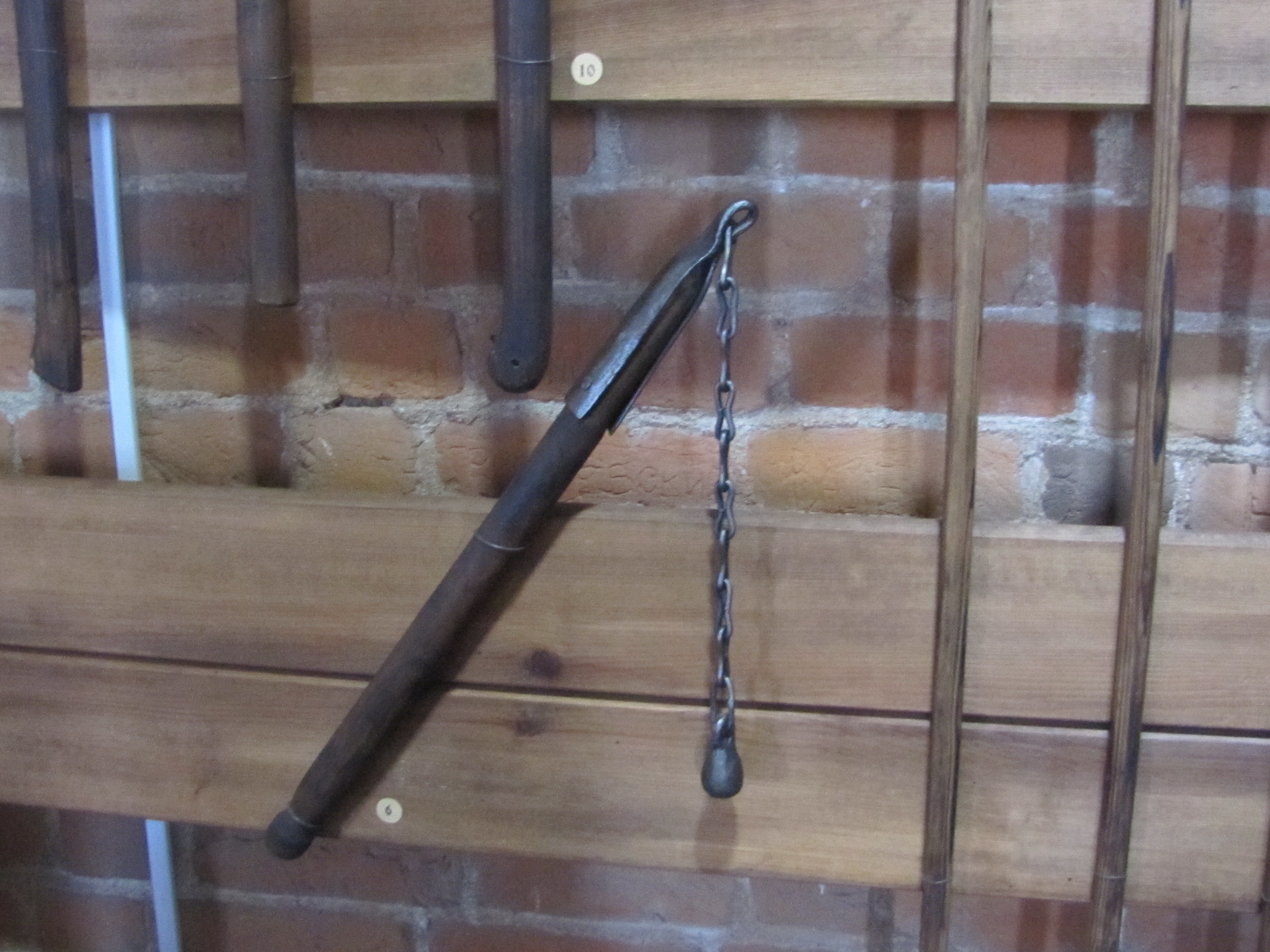

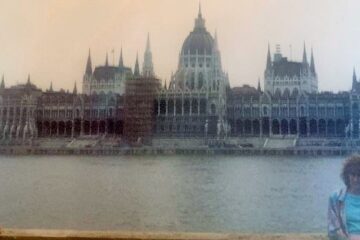
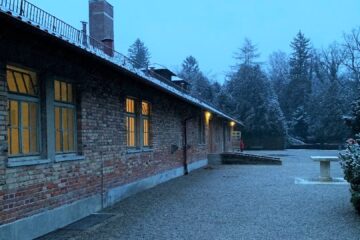
0 Comments